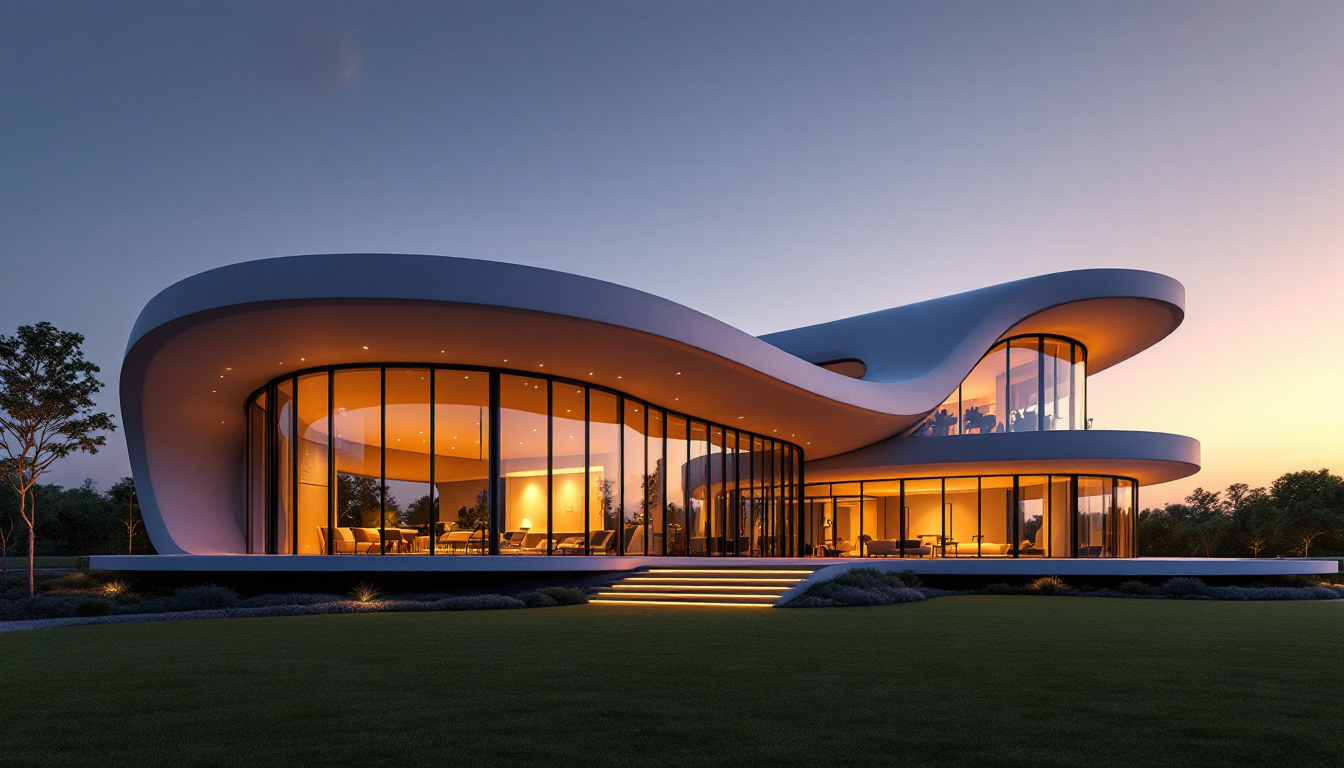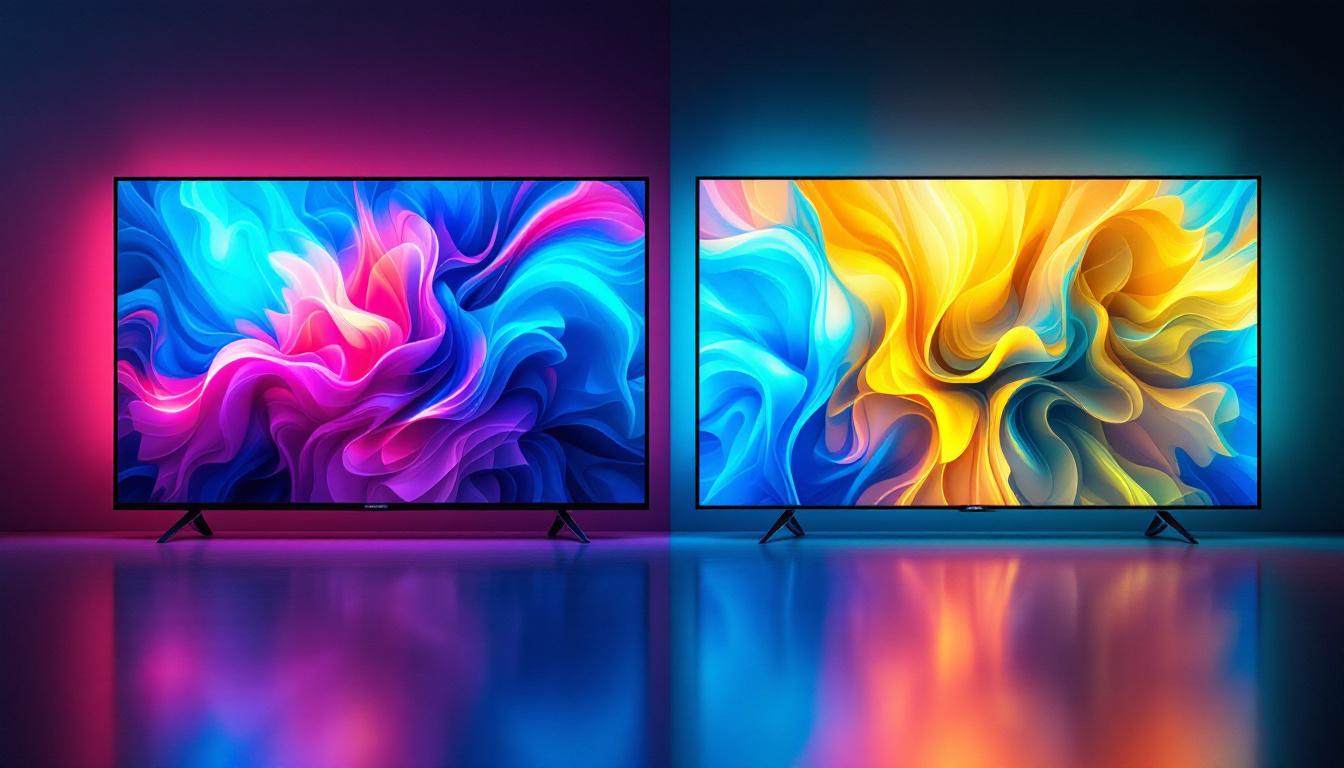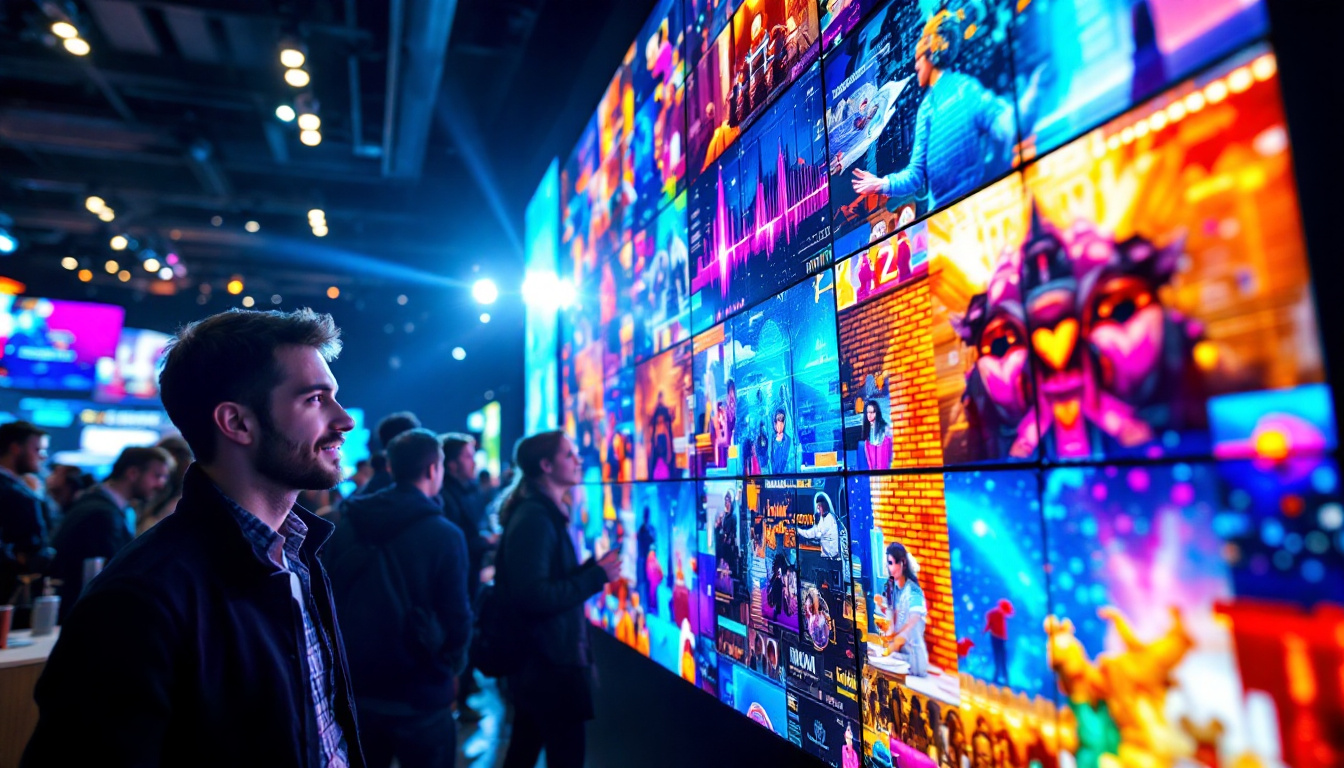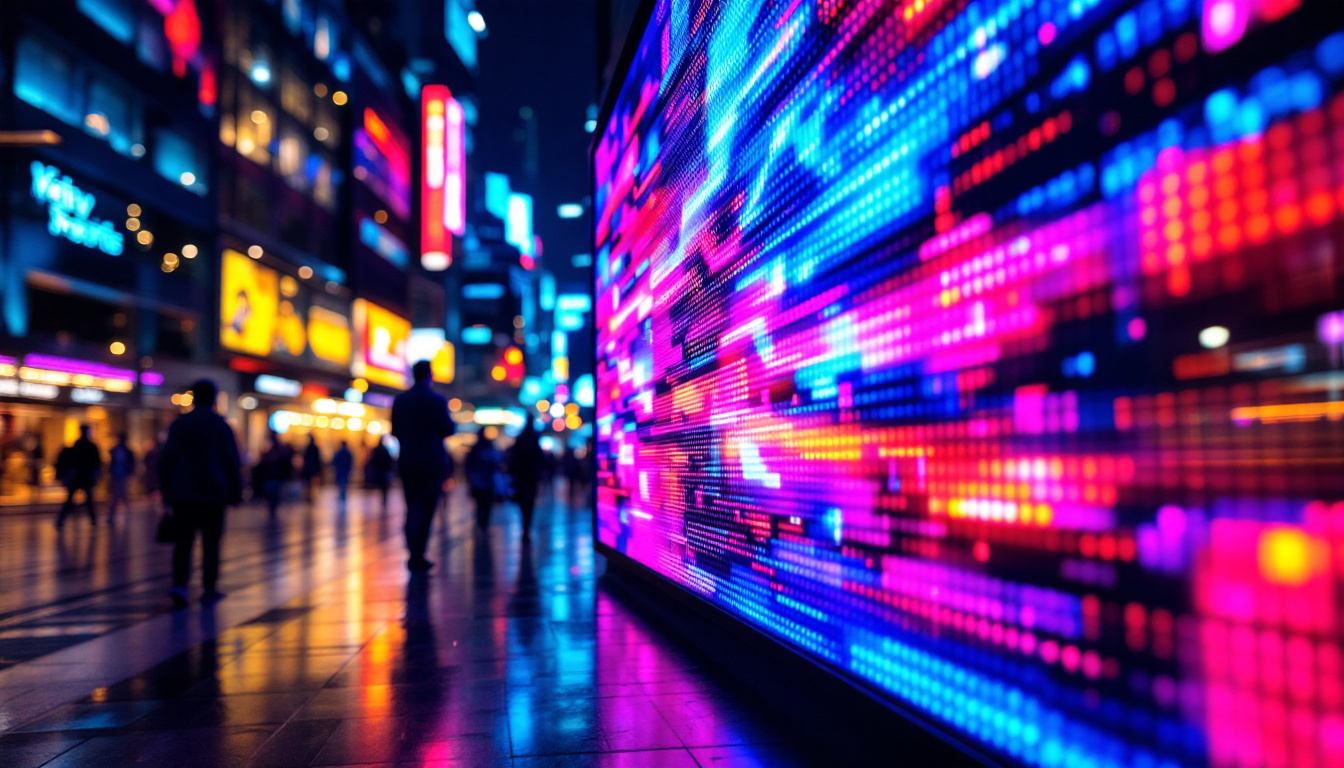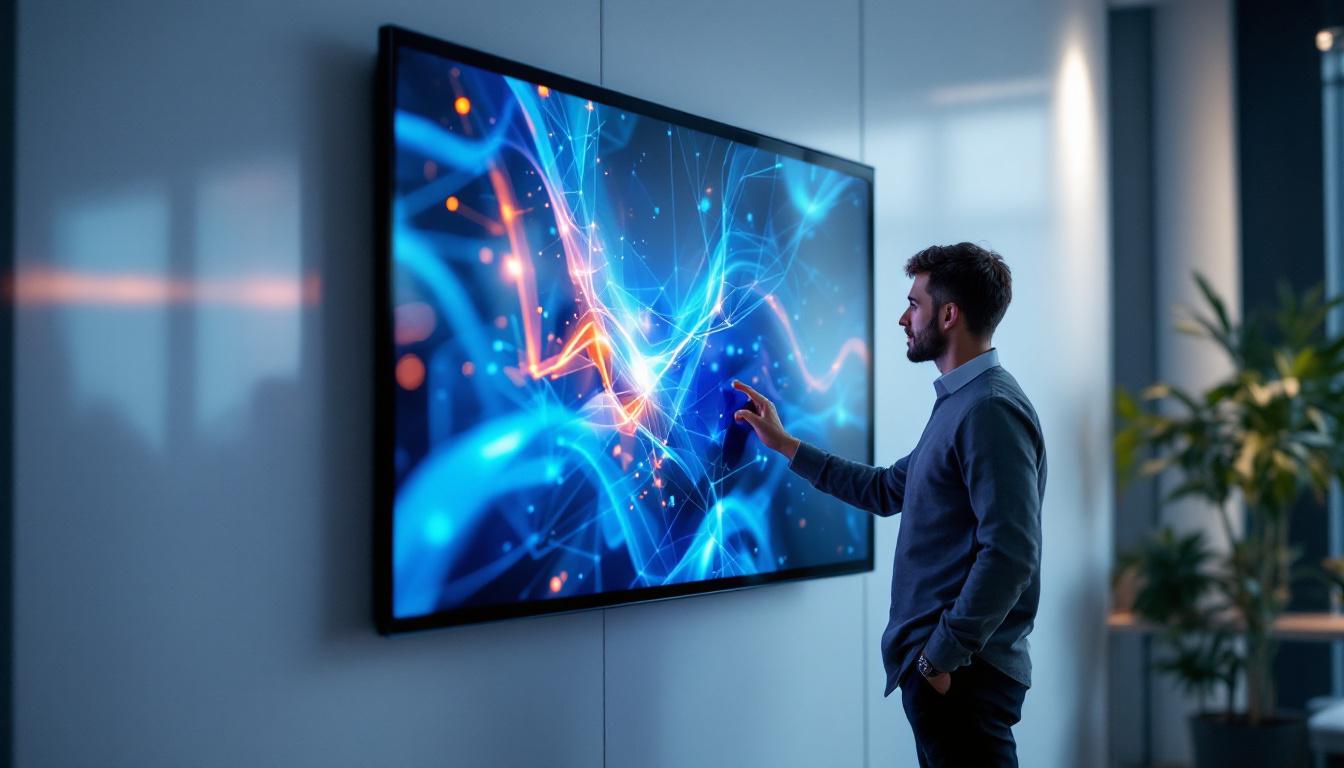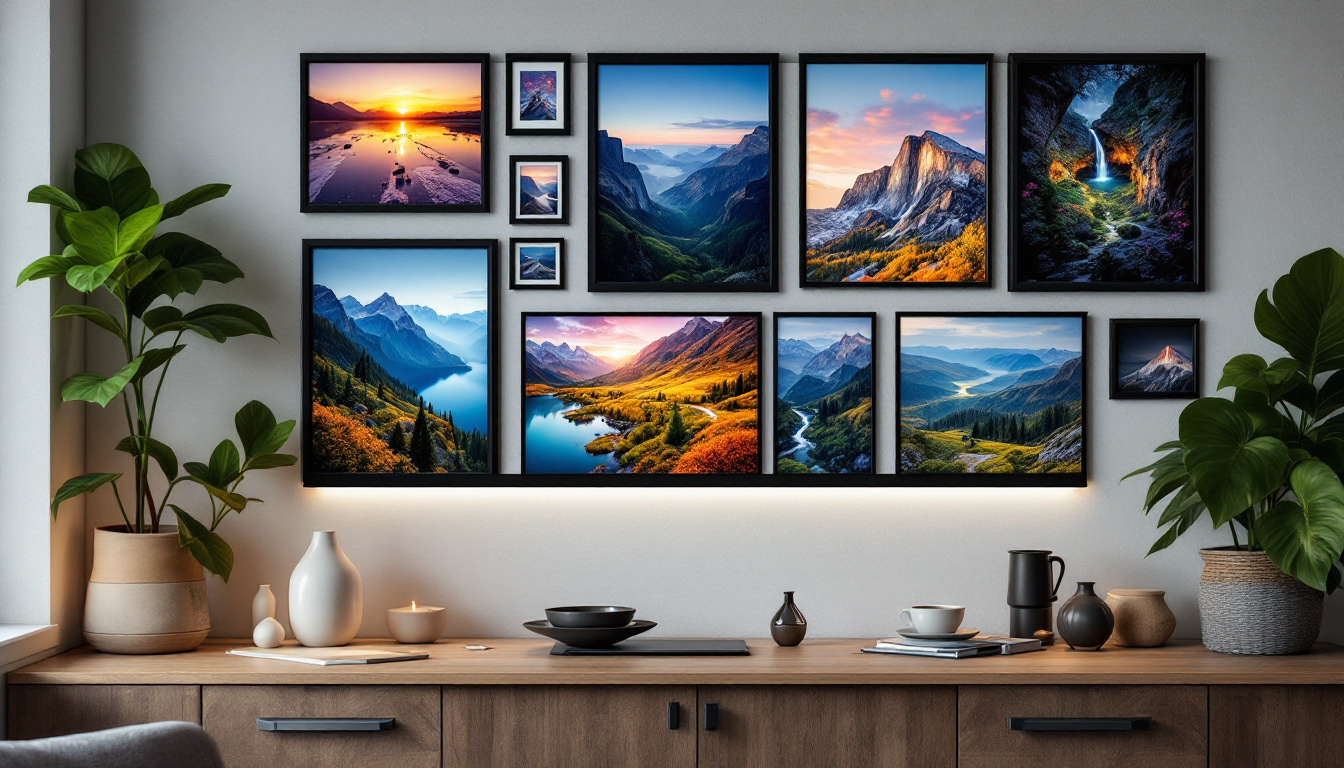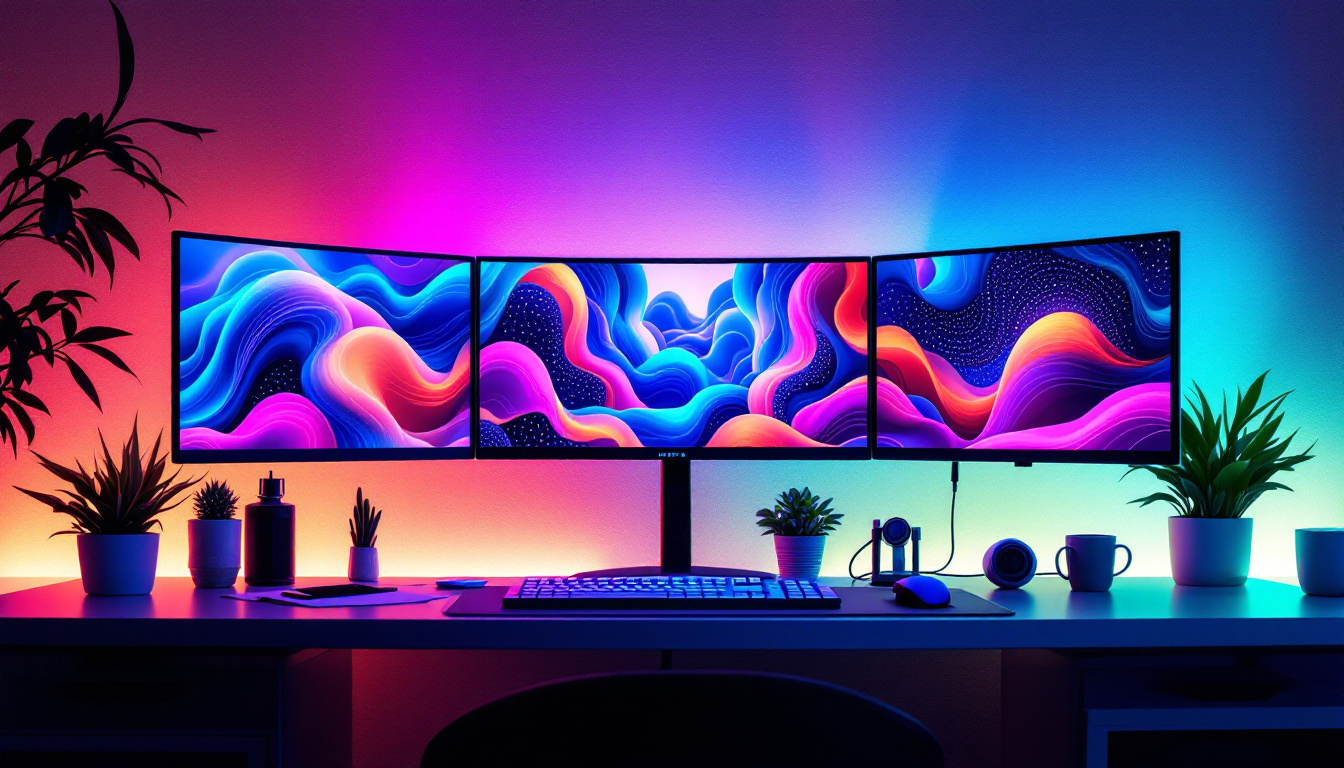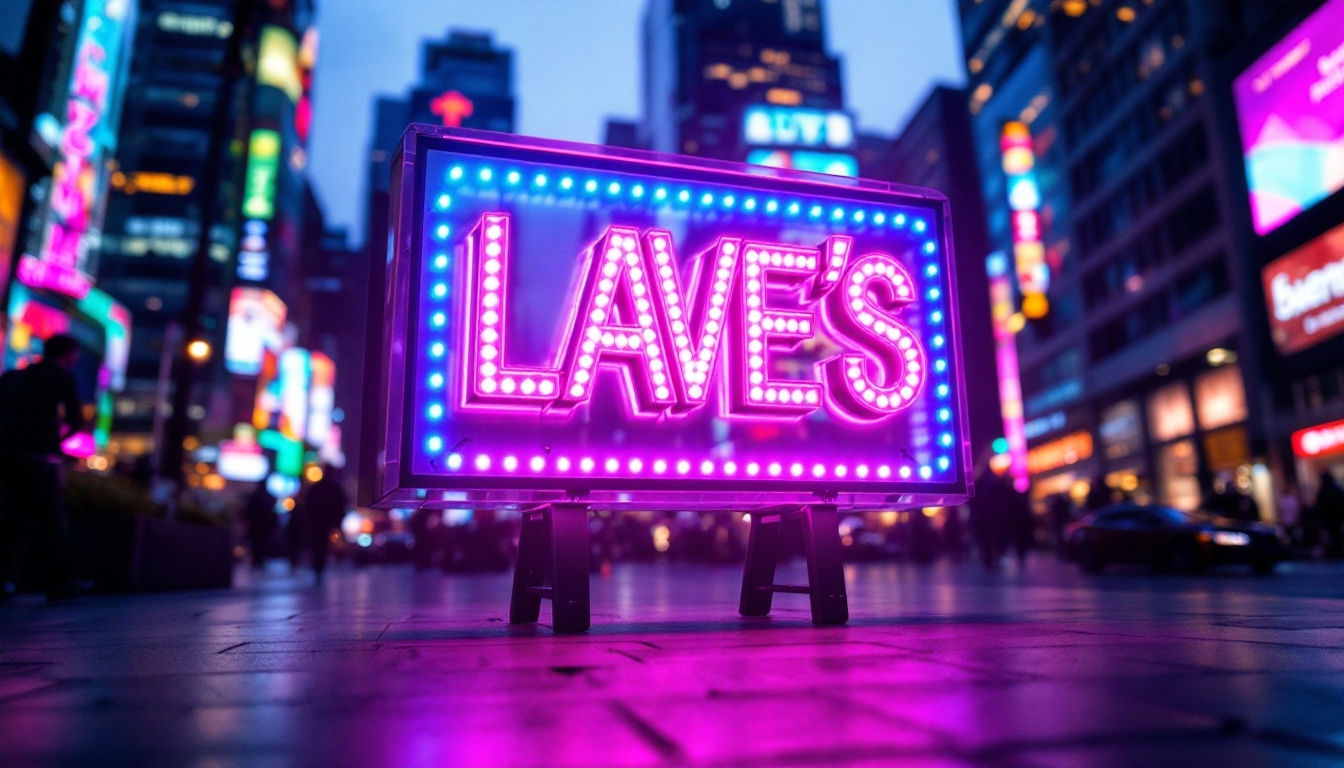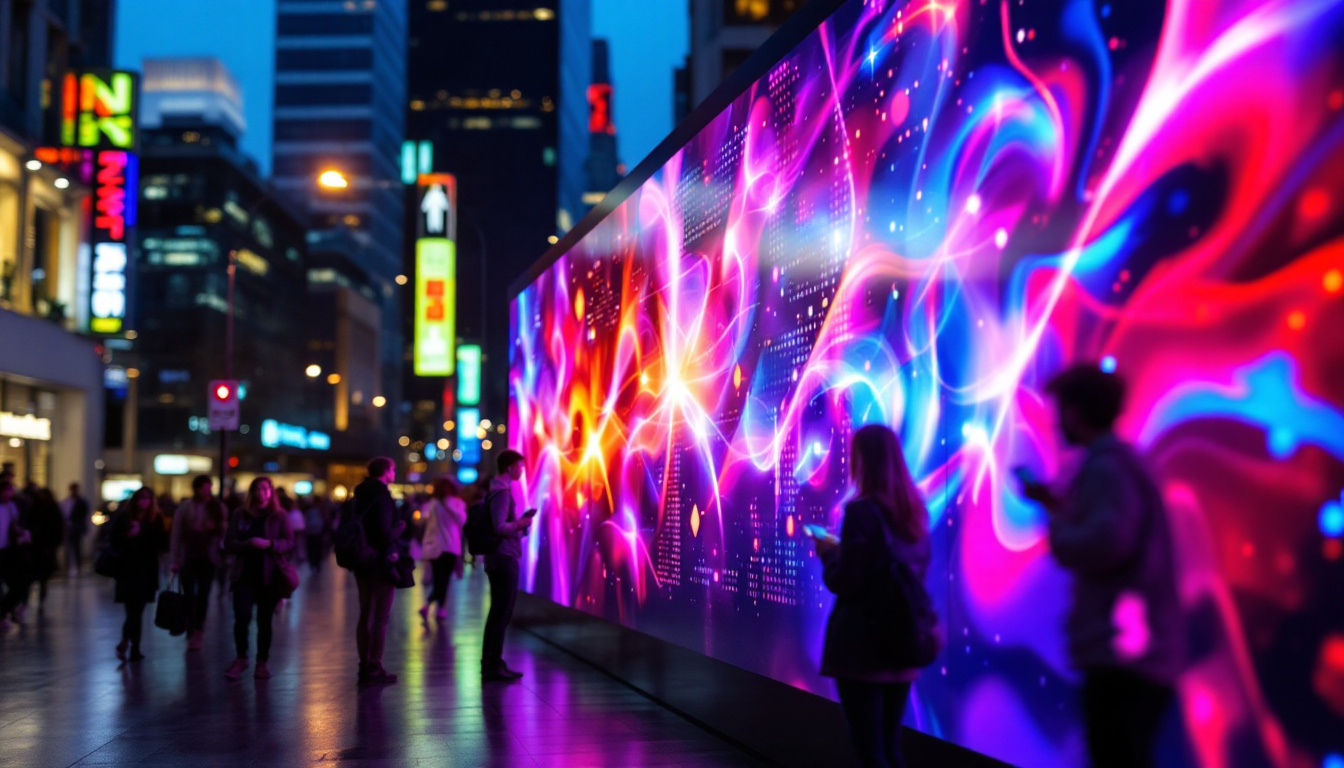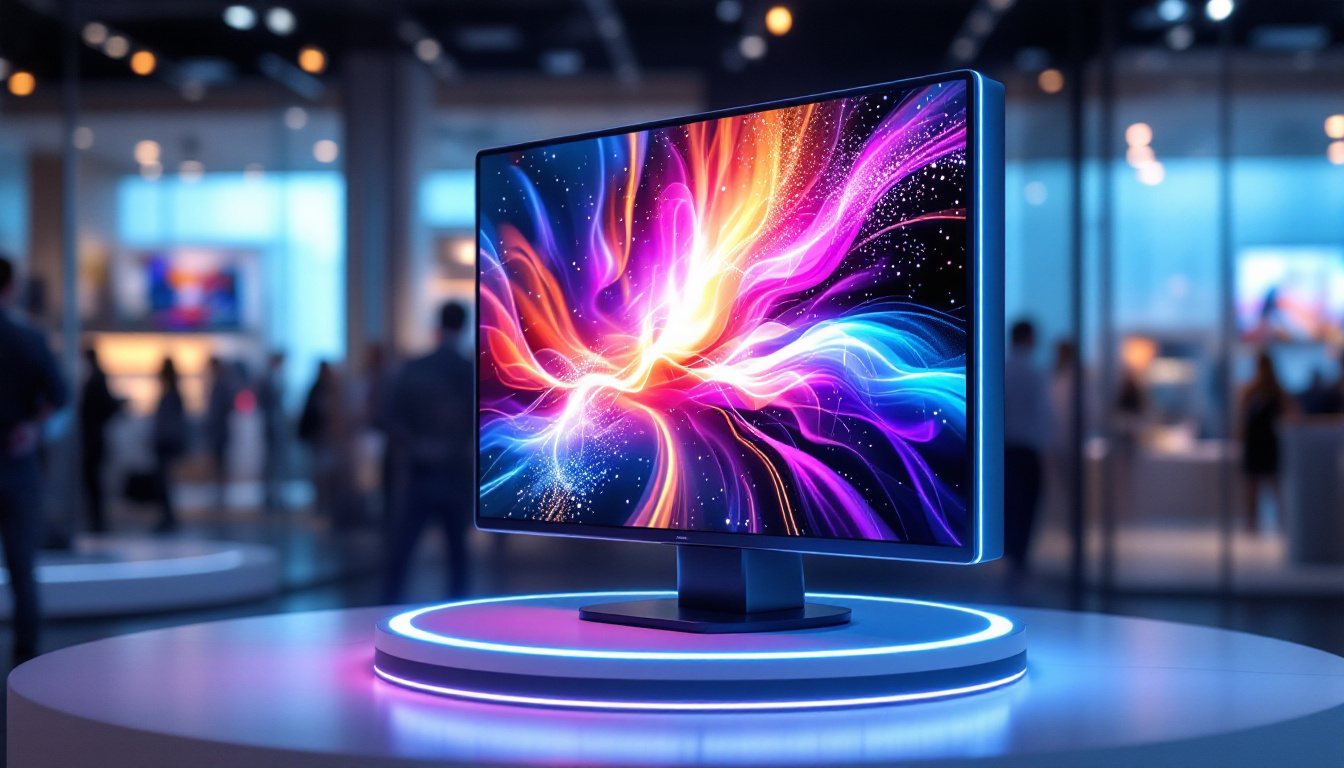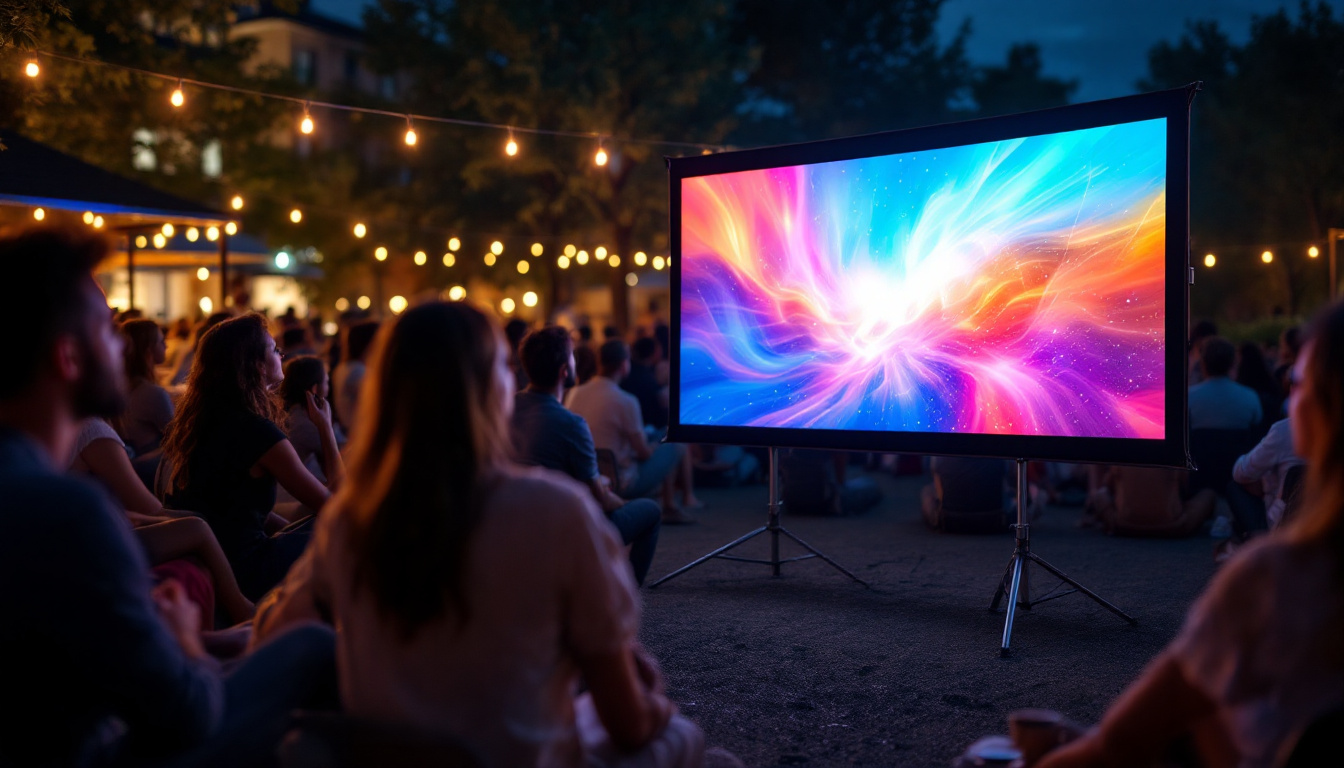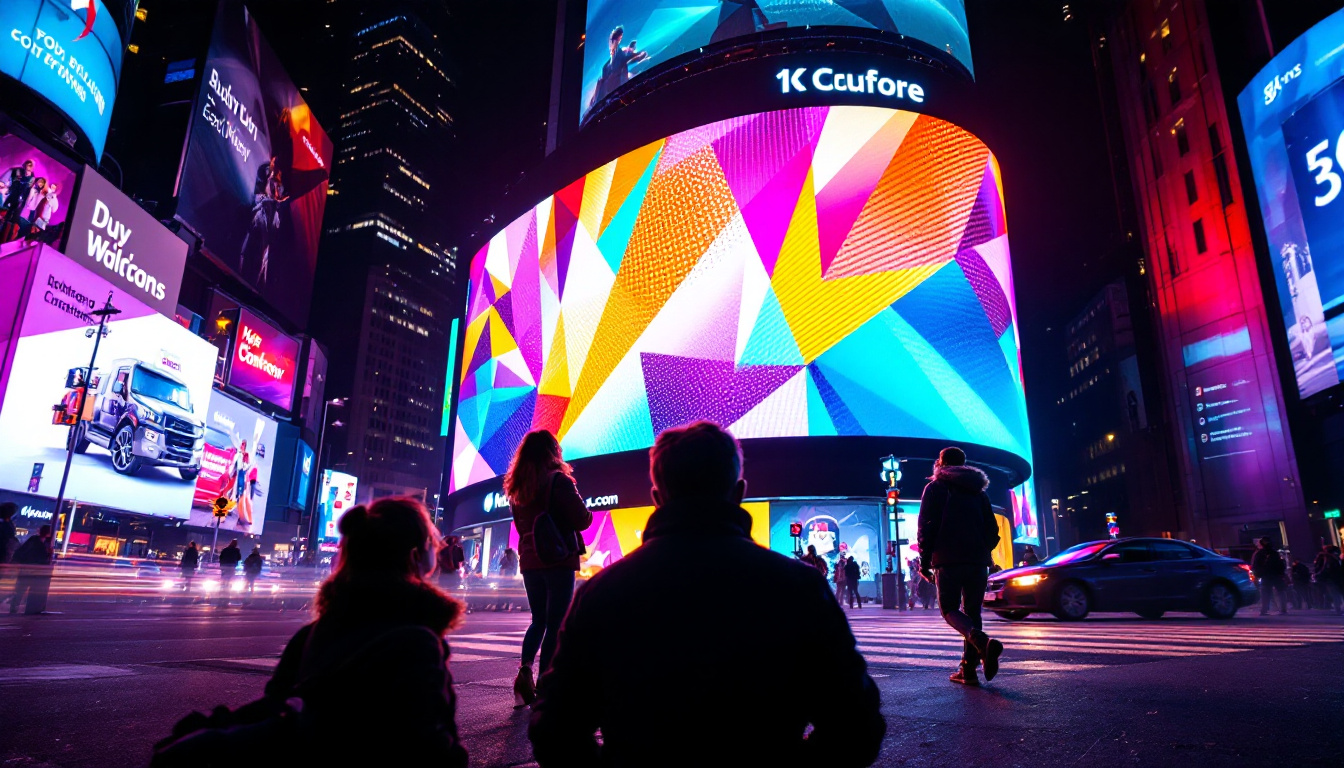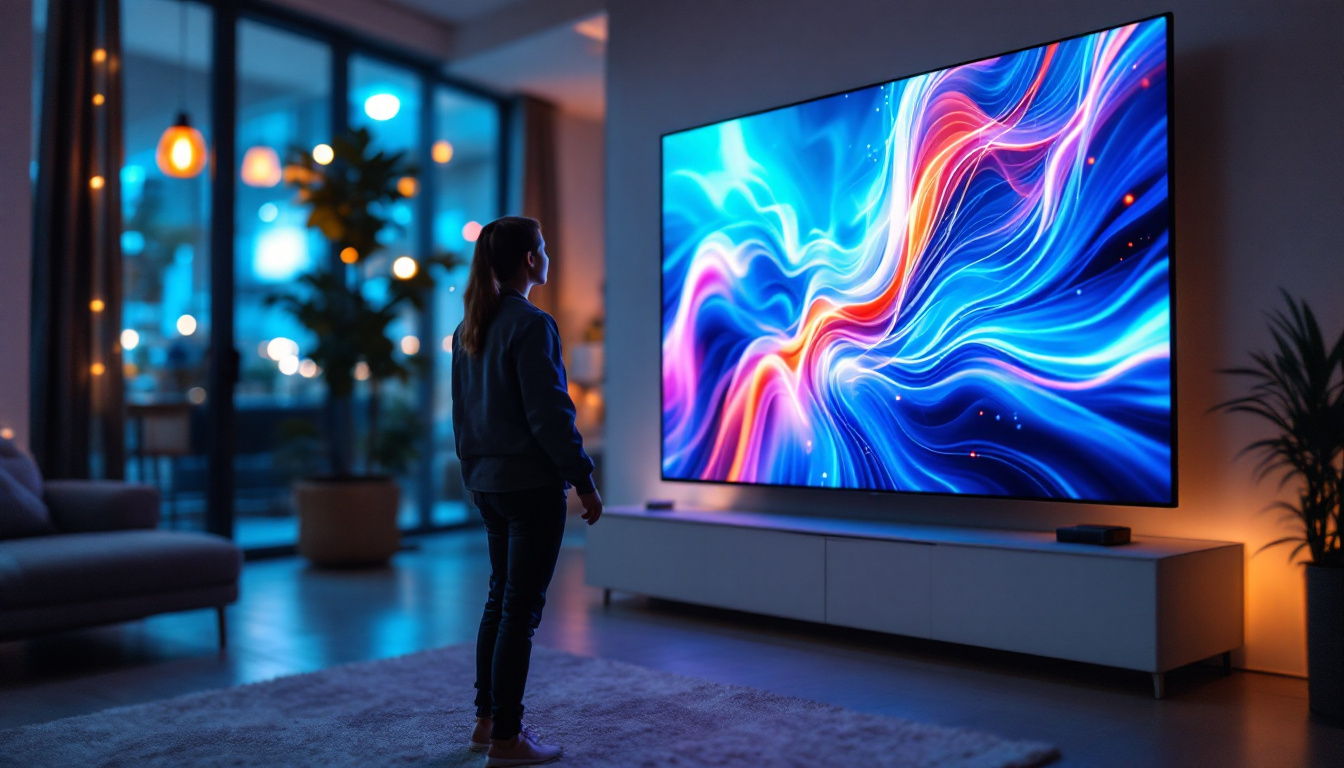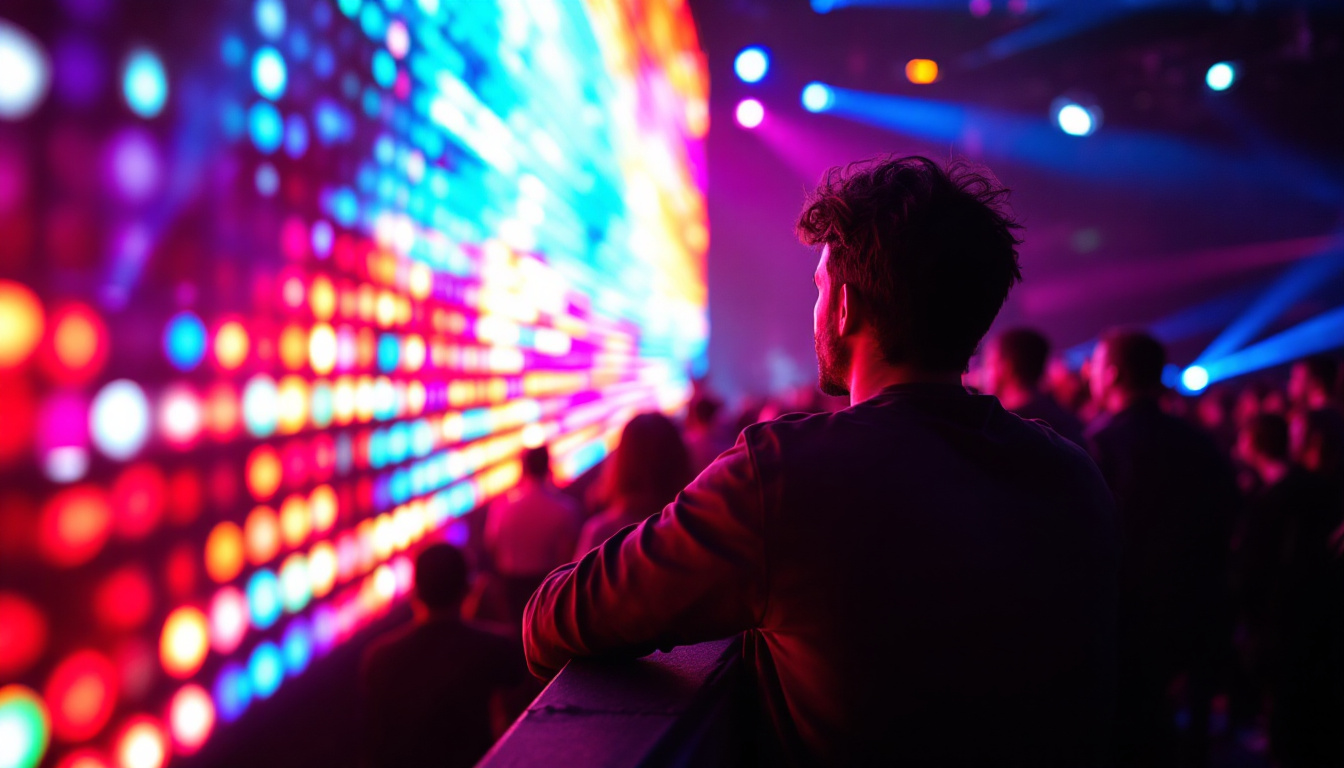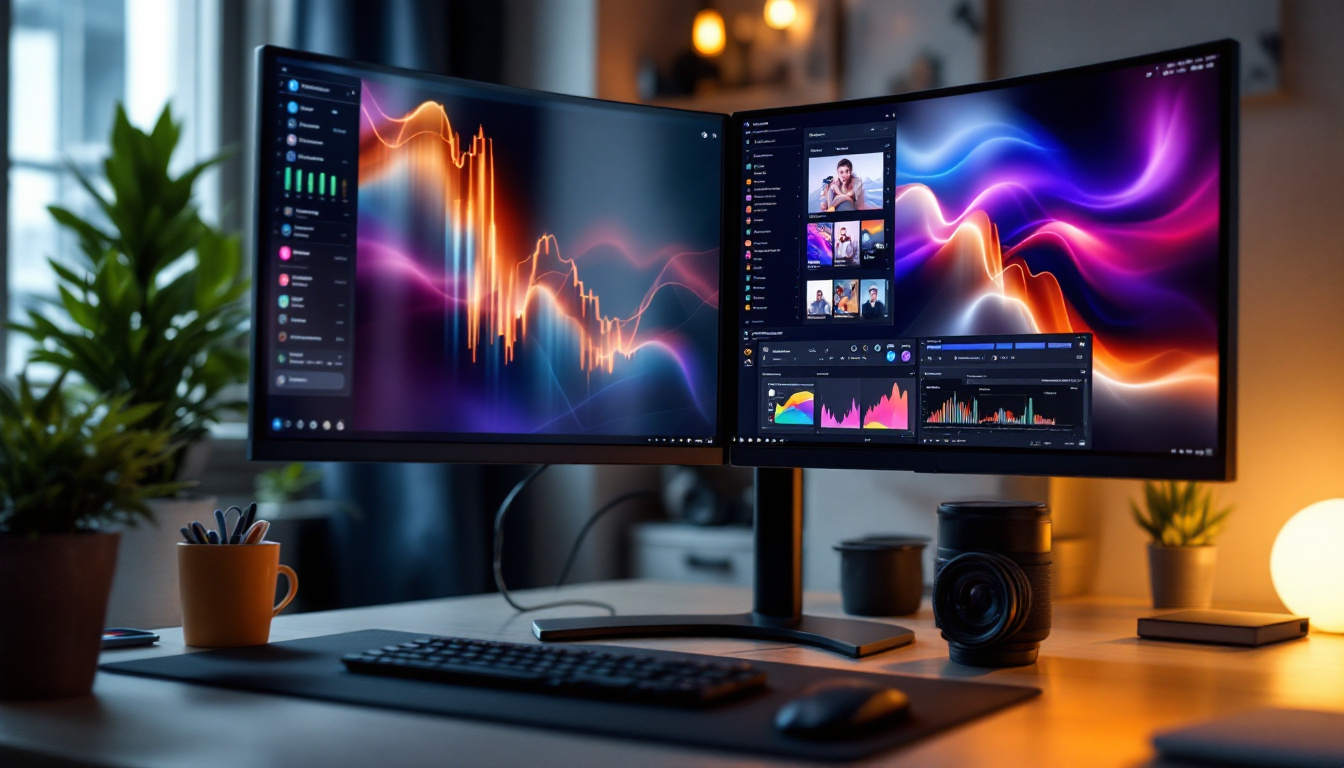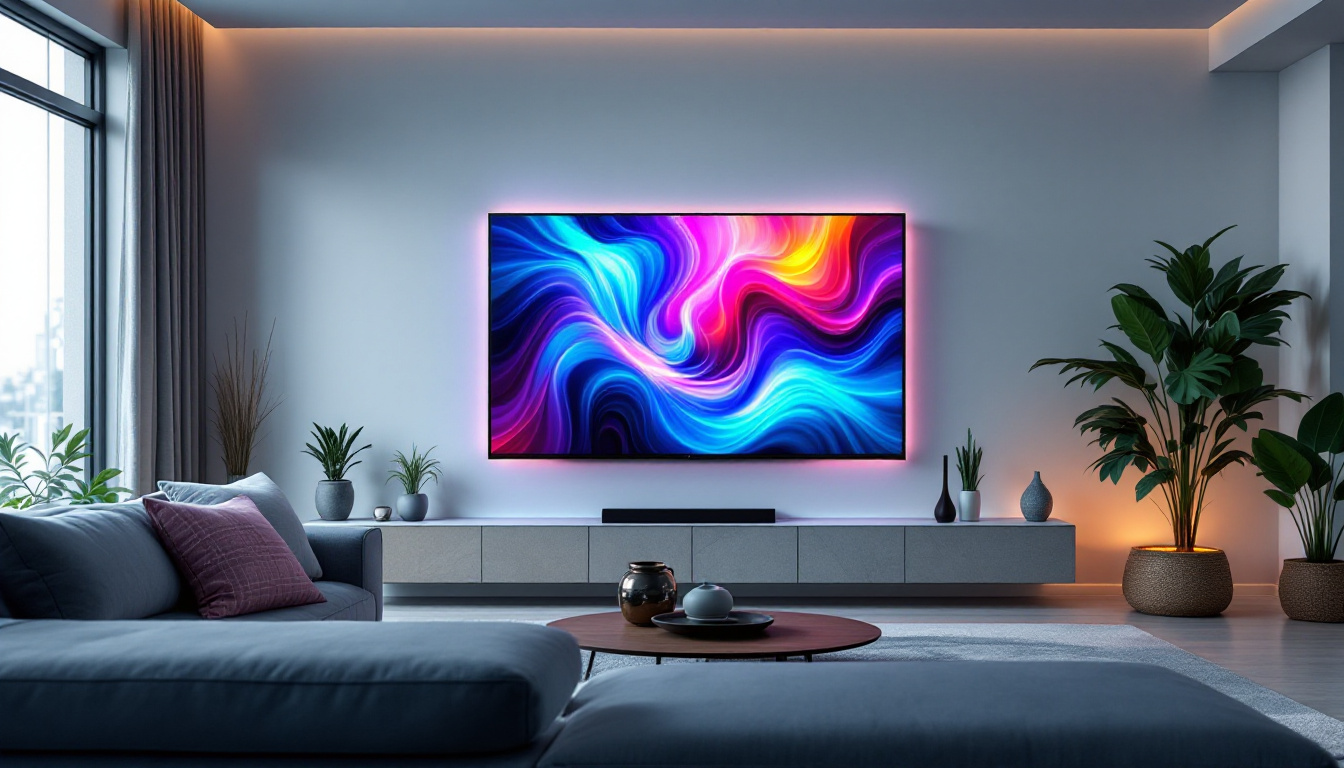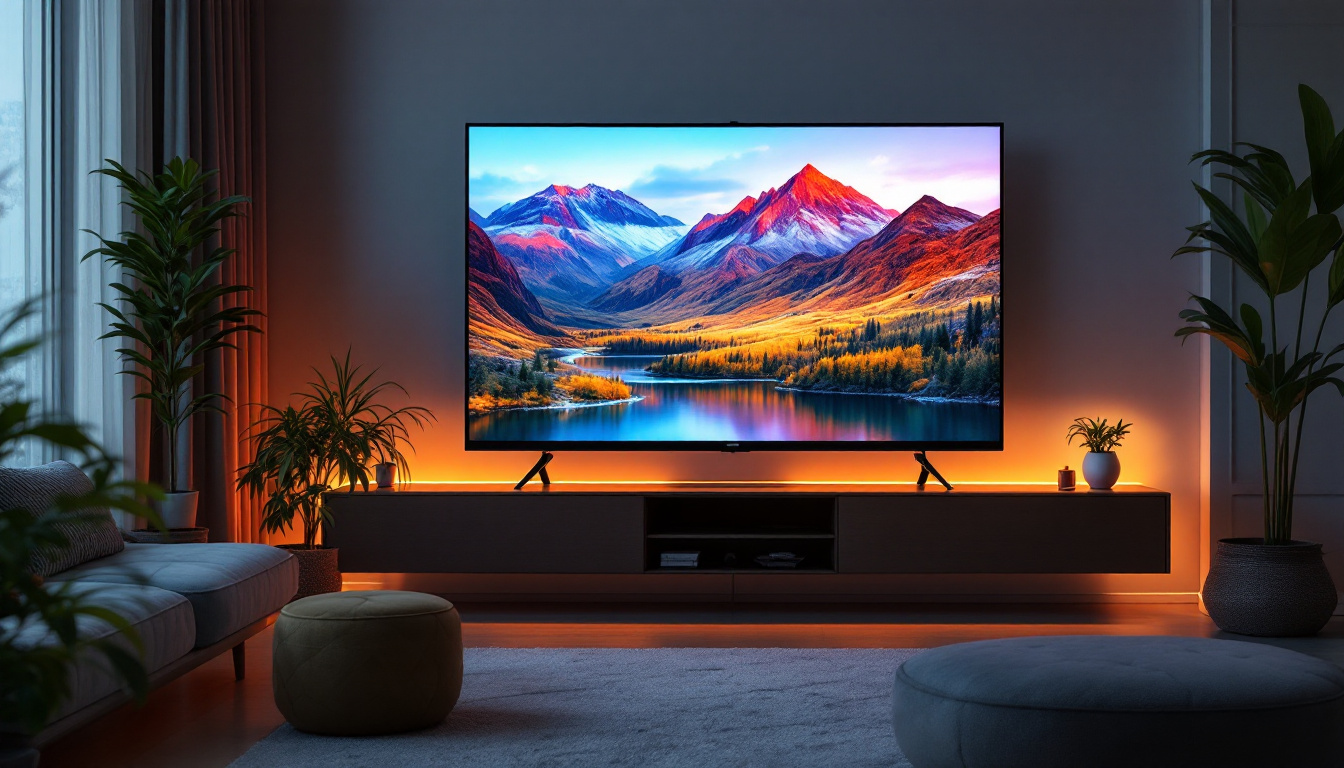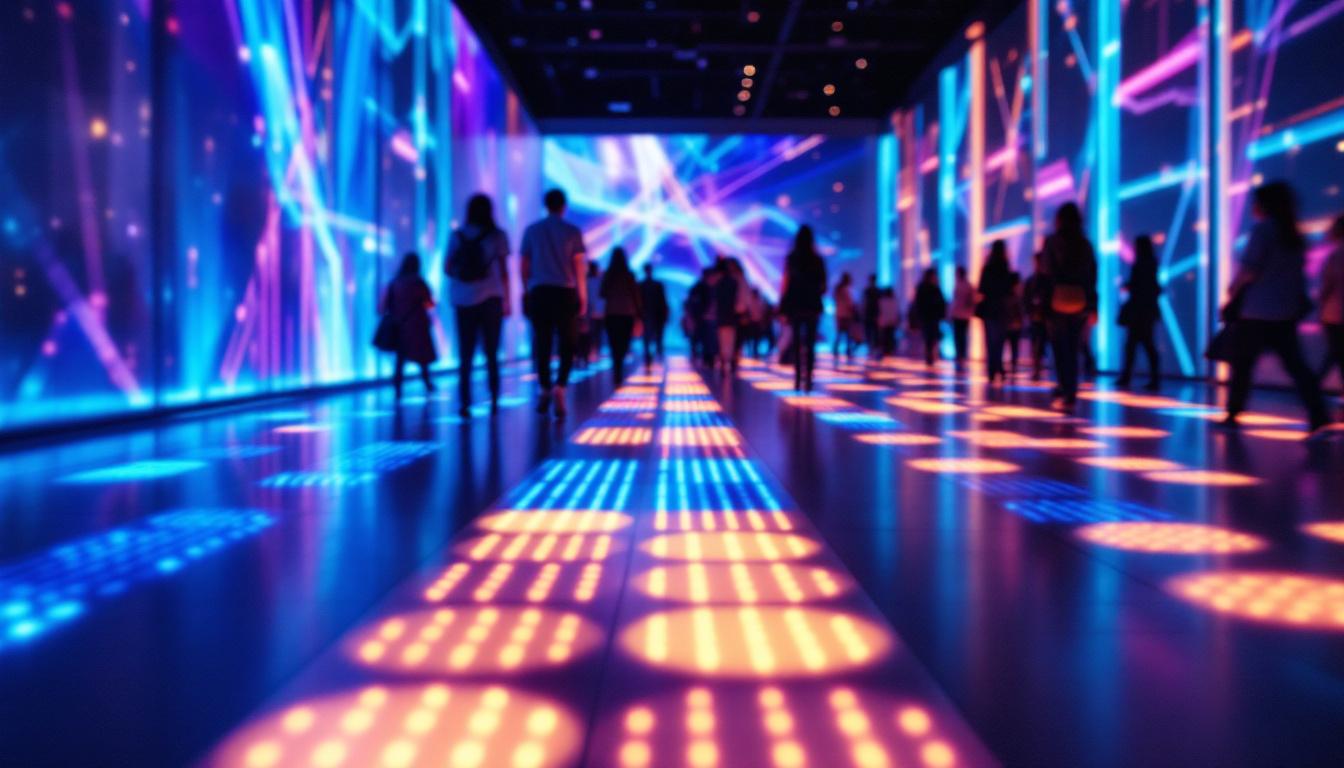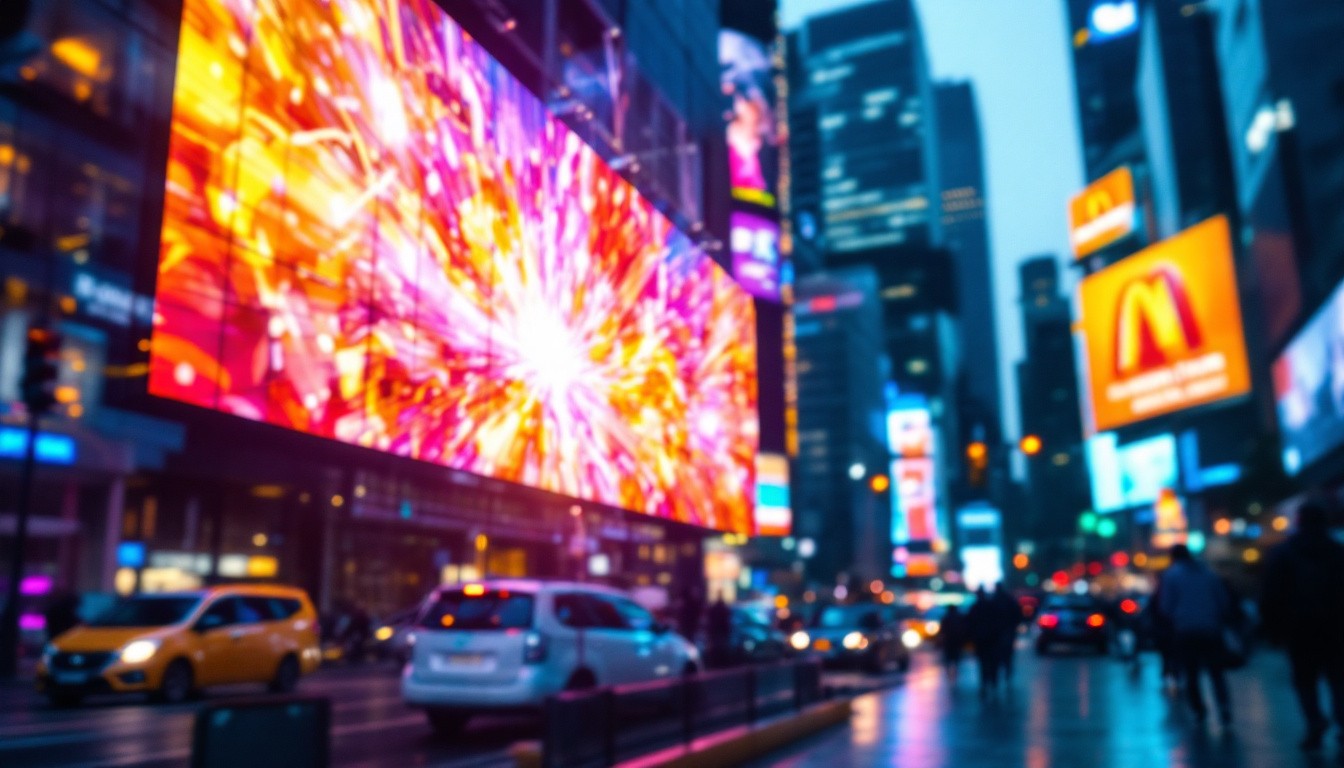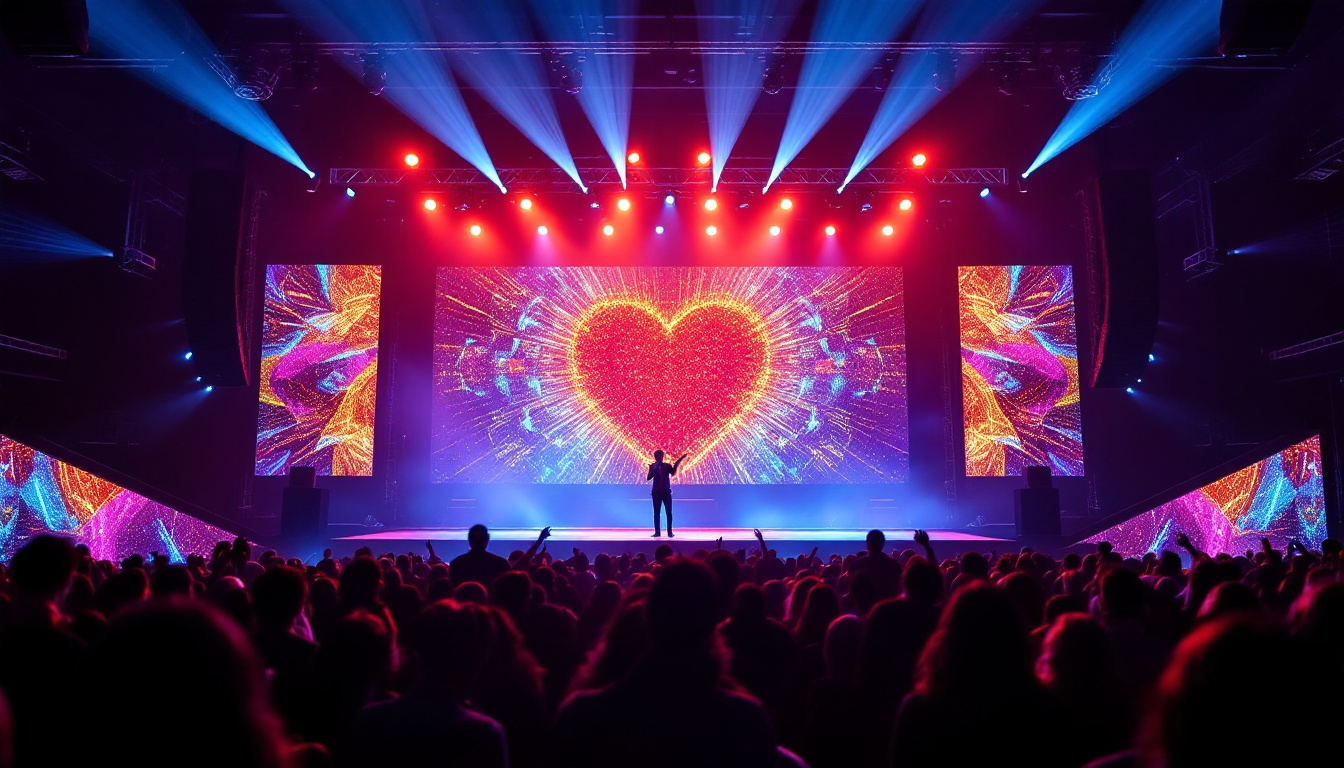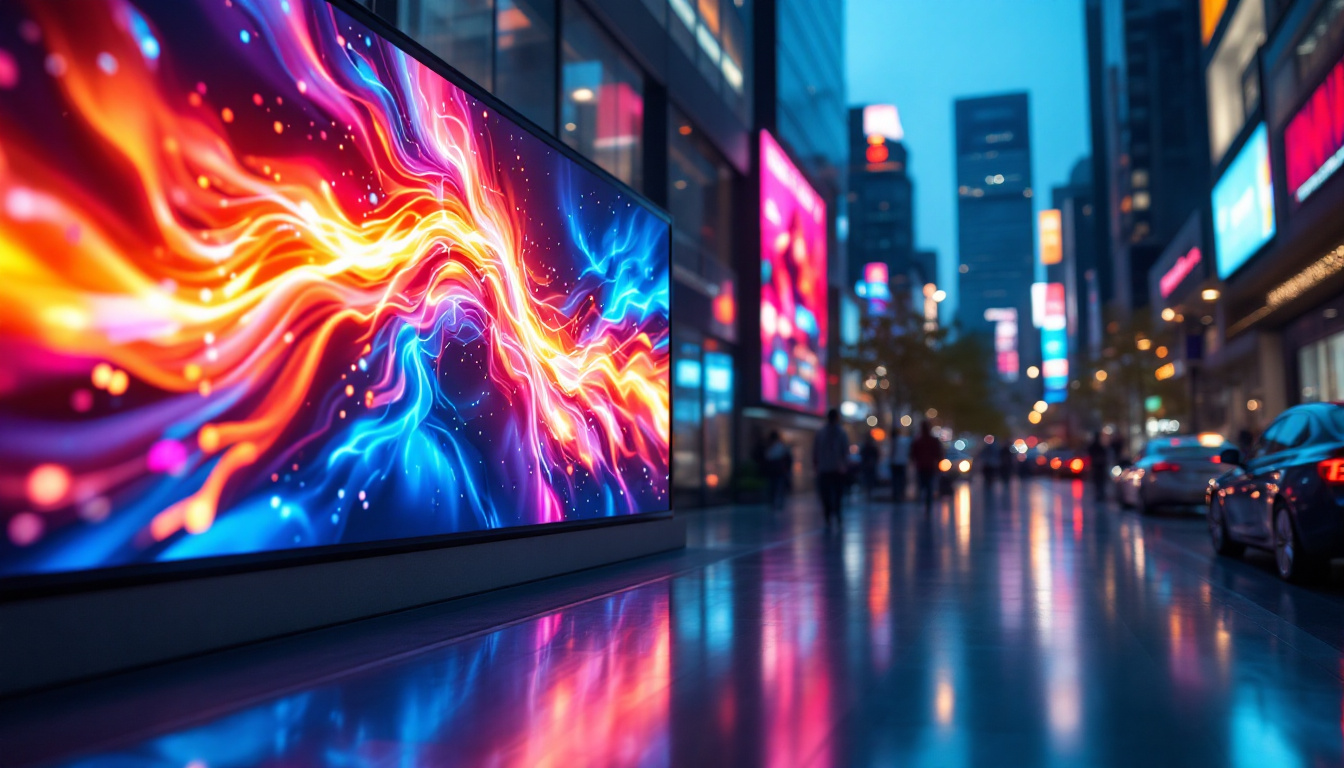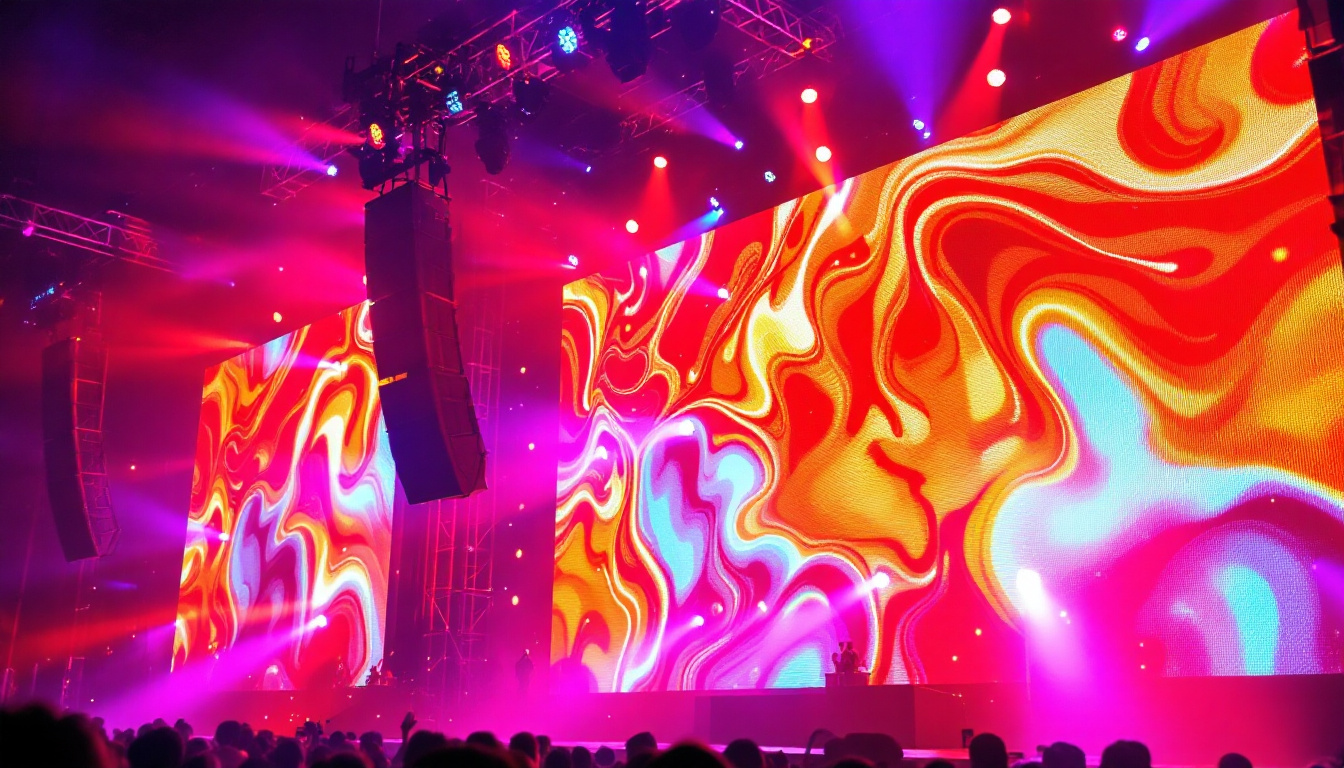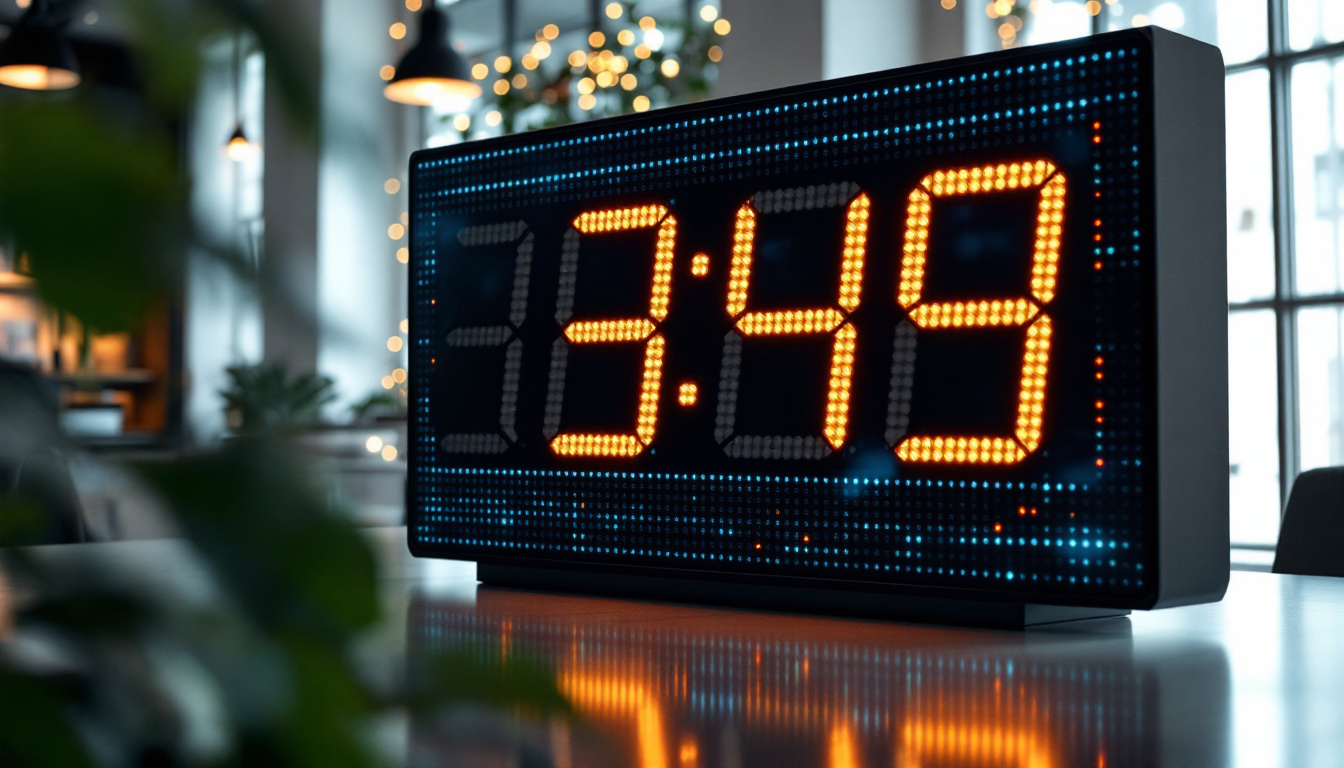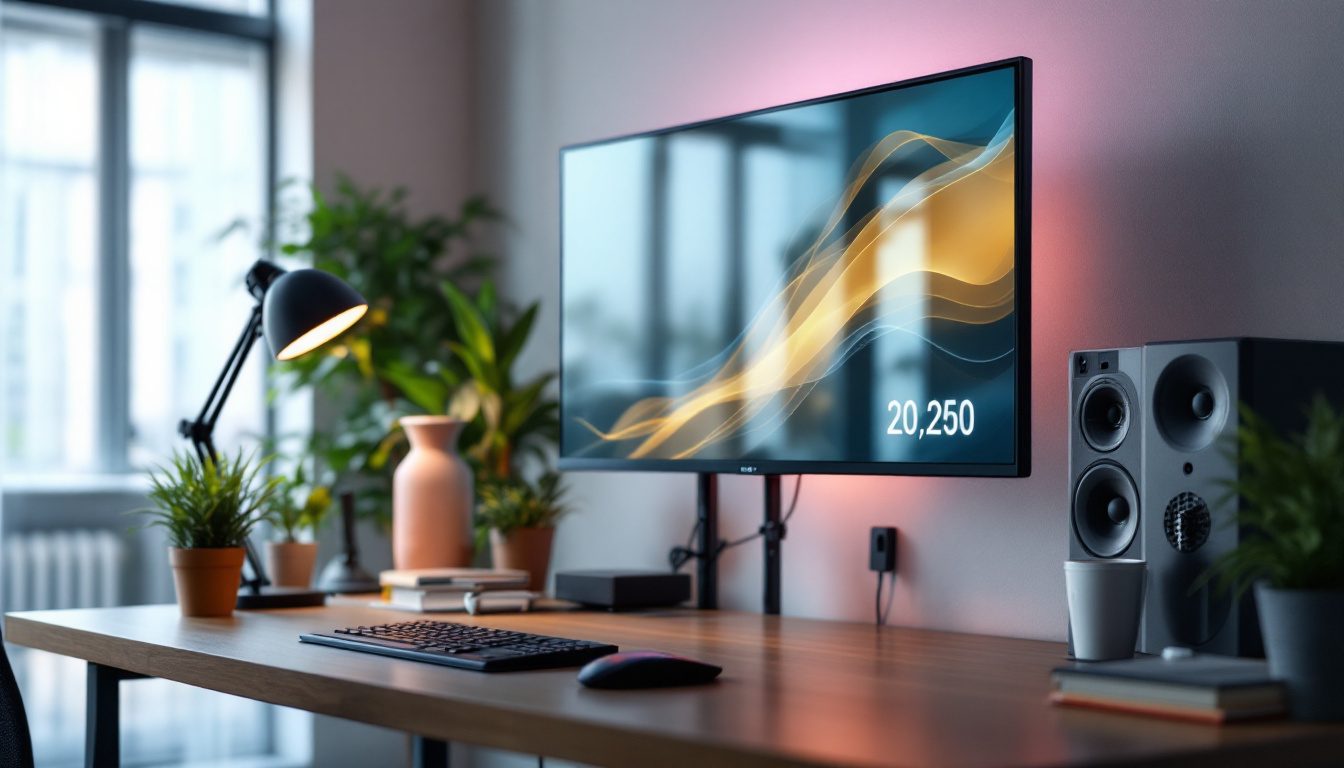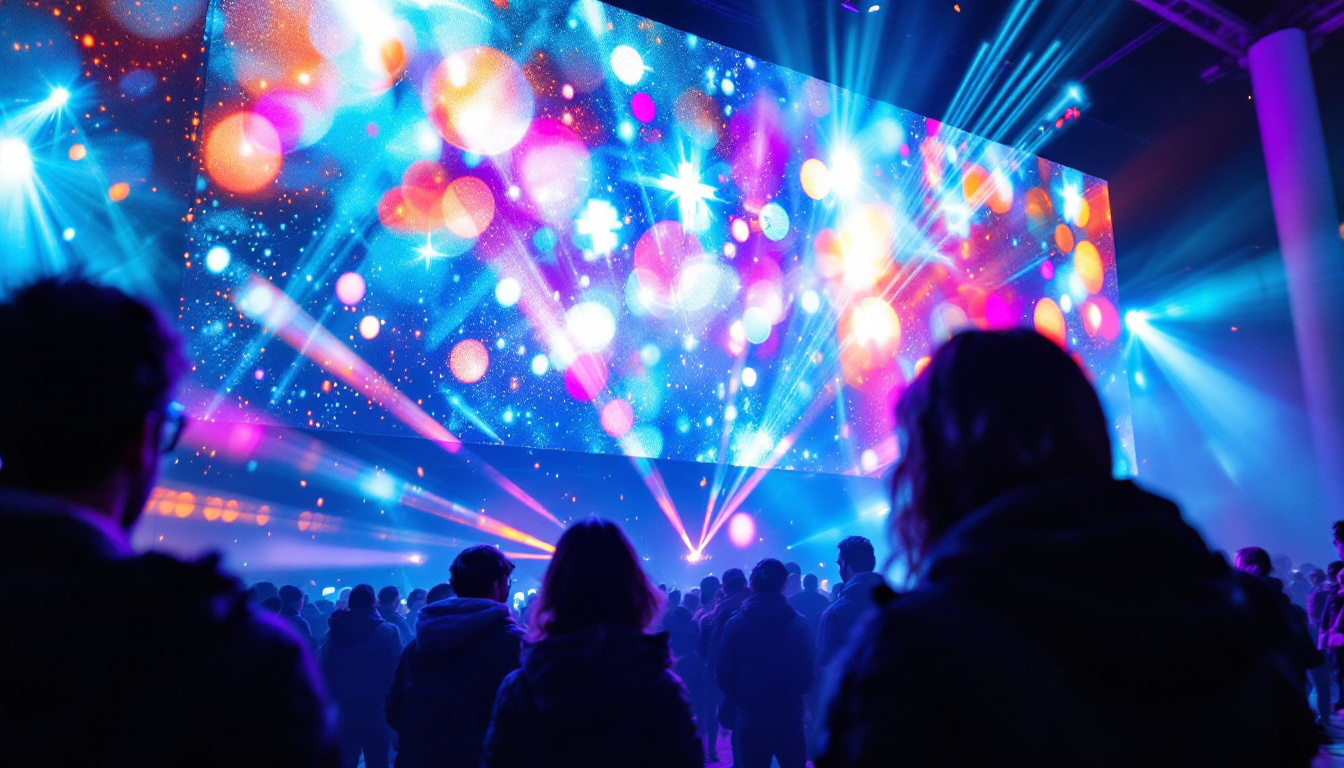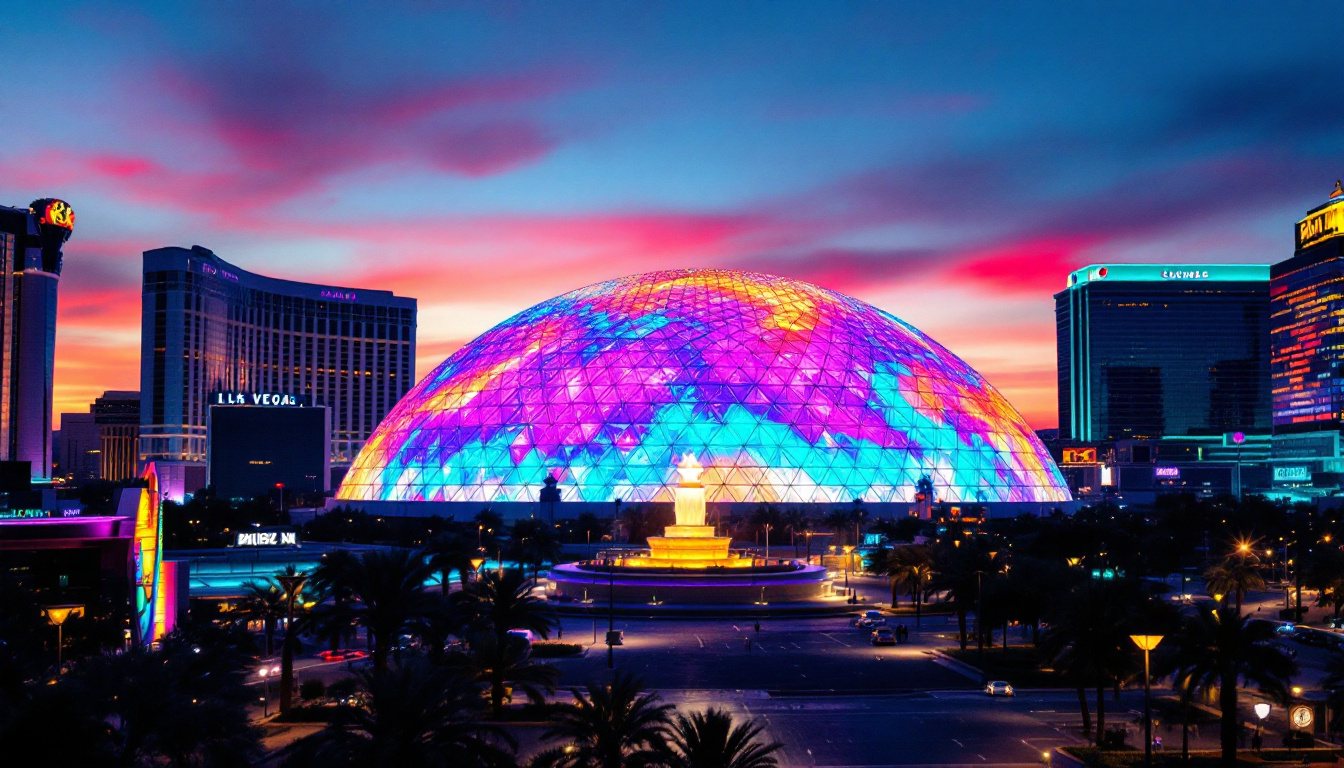In the ever-evolving world of architecture and design, curved house plans have gained significant popularity. These innovative designs not only offer aesthetic appeal but also present unique challenges and opportunities in construction and technology integration. One of the most exciting advancements in this realm is the incorporation of LED displays into the architectural fabric of curved homes. This article delves into the intricacies of curved house plans and the role of LED displays, exploring their benefits, applications, and future potential.
The Allure of Curved House Plans
Curved house plans stand out for their organic shapes and smooth lines, which contrast sharply with traditional angular designs. This architectural style is often inspired by nature, reflecting the fluidity and dynamism found in natural forms. The appeal of these designs extends beyond mere aesthetics; they also offer practical advantages in terms of space utilization and energy efficiency.
Design Aesthetics
One of the most compelling reasons for choosing a curved design is the visual impact it creates. Curved structures can evoke feelings of warmth and comfort, making them inviting and harmonious with their surroundings. Architects often use curves to create focal points, guiding the eye and enhancing the overall experience of the space.
Moreover, the absence of sharp angles can lead to a more seamless flow within the interior, promoting a sense of continuity. This can be particularly beneficial in open-plan living spaces, where the integration of different areas is crucial for functionality and comfort. The gentle curves can also serve to soften the overall look of the home, making it feel less imposing and more approachable, which is especially appealing in suburban environments where homes often blend into the landscape.
Space Efficiency
Curved designs can also maximize usable space in ways that traditional rectangular layouts cannot. The unique geometry allows for innovative room configurations, which can lead to more efficient layouts. For instance, curved walls can create niches for furniture or storage, optimizing every square foot of the home.
Additionally, the open spaces created by curves can enhance natural light flow, reducing the need for artificial lighting during the day. This not only contributes to energy savings but also creates a more pleasant living environment. Furthermore, the design can encourage a more dynamic interaction between indoor and outdoor spaces, as large, curved windows can frame views of the landscape, inviting the outside in and creating a sense of connection with nature. This relationship with the environment can be particularly beneficial for mental well-being, as studies have shown that natural light and outdoor views can significantly enhance mood and productivity.
Integrating LED Displays into Curved Designs
As technology continues to advance, the integration of LED displays into architectural designs has become increasingly feasible. These displays can be seamlessly incorporated into the structure of curved homes, enhancing both functionality and aesthetics.
Versatile Applications
LED displays can serve multiple purposes in a curved house. For instance, they can function as dynamic art installations, changing colors and patterns to suit the mood or occasion. This adaptability allows homeowners to personalize their living spaces in ways that were previously unimaginable.
Moreover, LED displays can be utilized for practical applications, such as displaying information about energy consumption, weather updates, or even security alerts. This integration of technology into the home environment can significantly enhance the living experience, making it more interactive and responsive to the needs of the inhabitants.
In addition to these practical uses, LED displays can also serve as an engaging medium for storytelling. Homeowners can curate a visual narrative that reflects their personal history or interests, with images and videos that can be easily updated. This feature not only adds a layer of personalization but also invites guests to engage with the space in a more meaningful way, turning a simple living room into a gallery of memories and experiences.
Enhancing Architectural Features
Incorporating LED displays into curved designs can also highlight architectural features. For example, a curved wall can be transformed into a stunning visual centerpiece, drawing attention and creating a unique ambiance. This can be particularly effective in areas such as living rooms or entryways, where first impressions are crucial.
Additionally, the flexibility of LED technology allows for creative lighting solutions. Curved surfaces can be illuminated in ways that accentuate their shape, creating dramatic effects that enhance the overall design. This interplay of light and form can elevate the aesthetic appeal of a home, making it a true work of art.
Furthermore, the integration of LED displays can extend beyond mere decoration. For instance, they can be programmed to respond to environmental changes, such as adjusting brightness based on the time of day or the amount of natural light entering the space. This not only contributes to energy efficiency but also ensures that the visual experience remains optimal throughout the day. Such intelligent design elements can make a curved home not just a place to live, but a dynamic environment that evolves with its inhabitants.
Benefits of LED Displays in Curved House Plans
The integration of LED displays into curved house plans offers numerous advantages, ranging from energy efficiency to enhanced user experience. Understanding these benefits can help homeowners and architects make informed decisions about their designs.
Energy Efficiency
One of the most significant benefits of LED technology is its energy efficiency. LED displays consume significantly less power than traditional lighting solutions, making them an environmentally friendly choice. This is particularly important in curved house designs, where maximizing energy efficiency is often a priority.
Furthermore, the ability to control the brightness and color of LED displays allows homeowners to tailor their energy use according to their needs. This level of customization can lead to substantial savings on energy bills over time, making it a financially sound investment.
Interactive Living Spaces
LED displays can transform static living environments into interactive spaces. For example, homeowners can use displays to showcase personal photos, artwork, or even interactive games. This interactivity fosters a sense of engagement and personalization, allowing inhabitants to express their individuality through their home design.
Moreover, the integration of smart technology with LED displays can create a responsive living environment. Homeowners can control lighting, temperature, and even security systems through their displays, enhancing convenience and comfort. This level of interactivity is particularly appealing to tech-savvy individuals looking to create a modern living space.
Challenges of Implementing LED Displays
While the benefits of integrating LED displays into curved house plans are substantial, there are also challenges that must be addressed. Understanding these hurdles can help architects and homeowners navigate the complexities of design and installation.
Technical Limitations
One of the primary challenges of incorporating LED displays into curved designs is the technical limitations associated with the technology. Traditional LED screens are typically flat, making it difficult to achieve a seamless integration with curved surfaces. However, advancements in flexible LED technology are beginning to address this issue, allowing for more versatile applications.
Despite these advancements, achieving the desired aesthetic and functional outcomes may still require specialized knowledge and expertise. Collaborating with professionals who have experience in both architecture and LED technology is essential to ensure successful implementation.
Cost Considerations
The integration of LED displays into curved house plans can also present cost challenges. While the long-term energy savings may offset initial investments, the upfront costs of purchasing and installing LED technology can be significant. Homeowners must carefully consider their budgets and prioritize their design goals to make informed decisions.
Additionally, the complexity of the installation process may require specialized labor, further increasing costs. It is crucial for homeowners to weigh the benefits against the financial implications and determine if the investment aligns with their overall vision for their home.
Future Trends in Curved House Plans and LED Displays
As technology continues to evolve, the future of curved house plans and LED displays looks promising. Emerging trends are likely to shape the way architects and homeowners approach design, leading to even more innovative solutions.
Smart Home Integration
The integration of smart home technology with LED displays is expected to become increasingly prevalent. Homeowners will be able to control their LED displays through voice commands or mobile applications, creating a more seamless and intuitive living experience. This level of connectivity will enhance the overall functionality of curved homes, making them more adaptable to the needs of their inhabitants.
Moreover, as smart home technology advances, the potential for integrating LED displays with other systems—such as security, heating, and cooling—will provide homeowners with greater control and efficiency. This interconnectedness will redefine how individuals interact with their living spaces, making them more responsive and user-friendly.
Sustainability and Eco-Friendly Designs
As environmental concerns continue to gain traction, the demand for sustainable and eco-friendly designs is on the rise. Curved house plans, coupled with energy-efficient LED displays, can contribute to more sustainable living environments. Architects and designers are likely to explore innovative materials and construction methods that align with eco-friendly practices.
Furthermore, the use of LED displays for energy monitoring and management can empower homeowners to make informed decisions about their consumption, promoting a culture of sustainability. This trend towards eco-conscious living will likely influence future designs, making curved homes not only visually appealing but also environmentally responsible.
Conclusion
Curved house plans represent a unique fusion of art and architecture, offering both aesthetic appeal and functional advantages. The integration of LED displays into these designs enhances their potential, creating interactive and customizable living spaces that reflect the individuality of their inhabitants. While challenges exist in terms of technical limitations and cost, the benefits of energy efficiency and enhanced user experience are compelling.
As technology continues to advance, the future of curved house plans and LED displays looks bright. The ongoing evolution of smart home integration and sustainable design practices will undoubtedly shape the landscape of modern architecture, paving the way for innovative solutions that redefine how individuals experience their living environments. Embracing these trends can lead to the creation of homes that are not only beautiful and functional but also responsive to the needs of their inhabitants and the environment.
Illuminate Your Curved Home with LumenMatrix
Embrace the future of home design with LumenMatrix’s innovative LED display technology. As a leader in creating visually stunning and energy-efficient LED solutions, LumenMatrix offers a diverse range of products tailored to enhance your curved house plan. From indoor to outdoor, and custom displays to all-in-one solutions, our mission is to transform your living space into an interactive and immersive experience. Elevate the aesthetics and functionality of your home with our cutting-edge displays. Check out LumenMatrix LED Display Solutions and take the first step towards a vibrant, modern living environment.

